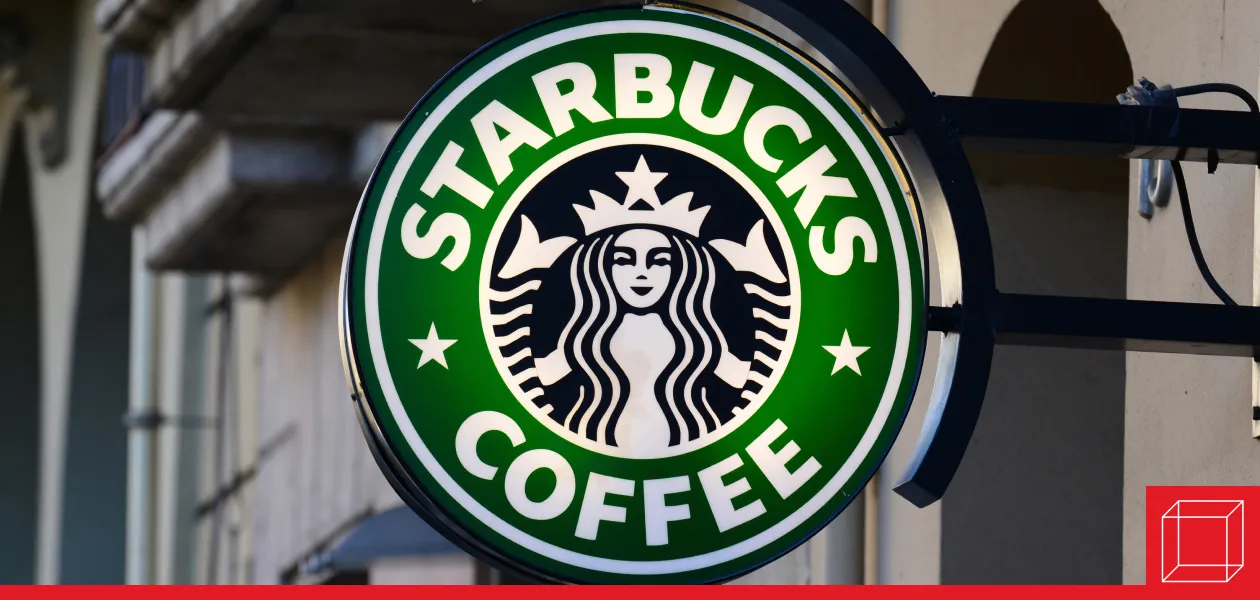Why Starbucks Baristas Are Striking Over a Dress Code Change
Beyond the Apron: Why a Dress Code Sparked Starbucks Strikes

In May 2025, Starbucks employees across more than 120 stores walked off the job to protest a corporate dress code change that, on the surface, might seem minor: employees must now wear solid black shirts and khaki, black, or blue denim pants under their signature green aprons. But for many baristas and their union, Starbucks Workers United, the issue goes far deeper. This dispute highlights critical issues in labor relations, including collective bargaining rights, employee representation, and the tension between high-level management and frontline workers.
Dress Code Changes
Effective May 12, Starbucks implemented a simplified dress code across all its North American stores. Employees, whom the company refers to as “partners,” must now wear a solid black shirt, either crewneck, collared, or button-up, and neutral-colored bottoms (black, khaki, or blue denim). Previously, baristas were allowed to wear a wider variety of colors and patterns, offering more flexibility and self-expression.
The company stated that the new guidelines aim to “let the green apron shine” and create a more consistent, welcoming environment for customers across all locations. Employees were provided with two free Starbucks-branded black t-shirts to help comply with the change.
Inside the Strike
Starbucks Workers United is a worker-led union of Starbucks baristas who have organized to improve the workplace and gain more say in company and store operations. There are more than 570 union stores and more than 11,000 union workers. (Read more about how organized labor has grown at Starbucks.)
To Starbucks Workers United, the issue isn't just about clothing colors, it’s about process and priorities. The union argues that the dress code change should have been negotiated at the bargaining table, especially since earlier discussions suggested that dress code agreements were part of contract talks. Instead, they say, Starbucks implemented the changes unilaterally, undermining the union’s role and violating labor law.
Additionally, baristas expressed frustration with what they view as misplaced focus. Workers also raised concerns about the financial burden of buying new, compliant clothing and pointed out that some now-banned styles were previously sold on the company’s own employee website.
The walkouts, which involved over 2,000 workers in more than 100 stores, were short-term strikes where employees left their shifts in protest but returned for their next scheduled workday. In some cases, operations were reduced to drive-through-only service, while other stores temporarily closed. Despite the disruptions, Starbucks reported that over 99% of its 10,000 U.S. stores remained open and operational during the protests.
Strikes are a common tool used by unions to apply pressure during disputes, especially when contract negotiations stall. In this case, the union also filed an unfair labor practice complaint with the National Labor Relations Board (NLRB), accusing Starbucks of bypassing collective bargaining obligations.
Collective Bargaining and Why It Matters
Collective bargaining is the process by which a union negotiates with an employer on behalf of its members over wages, hours, working conditions, and other employment terms. When companies act without involving the union in decisions that affect these areas, such as dress codes, it can be considered a violation of the National Labor Relations Act.
Starbucks defended the new dress code as a move to enhance customer experience and unify its brand image. In statements, the company emphasized that the change was minor, that employees were given free shirts, and that store disruptions were minimal. While the company insists it continues to bargain in good faith, the union claims Starbucks’ actions speak otherwise.
Bigger Issues at Play?
This strike is not just about what baristas wear—it's about control over workplace decisions and the legitimacy of union representation. Many employees feel that Starbucks is prioritizing aesthetics over real workplace concerns like staffing shortages, inconsistent hours, and wages. The dispute also reflects broader trends in U.S. labor relations, where unionized workers are pushing back against top-down decision-making and demanding a stronger voice in shaping their working conditions.
In the Classroom
This article can be used to discuss managing unionized employees (Chapter 10: Managing Human Resources).
Discussion Questions
- What specific changes did Starbucks make to its dress code, and how did the company justify them?
- Why does Starbucks Workers United argue that the dress code change violated labor law?
- How did Starbucks employees carry out their strike, and what was the impact on store operations?
This article was developed with the support of Kelsey Reddick for and under the direction of O.C. Ferrell, Linda Ferrell, and Geoff Hirt.
Aneurin Canham-Clyne, "Starbucks Union Workers Strike over Dress Code Changes," Restaurant Dive, May 14, 2025, https://www.restaurantdive.com/news/starbucks-workers-united-50-store-dress-code-strike/748076/
Christine Hauser, "Starbucks Baristas Stage Walkouts Over Dress Code Change," The New York Times, May 17, 2025, https://www.nytimes.com/2025/05/16/business/starbucks-strike-baristas-walk-outs.html
Dee-Ann Durbin, "More than 2,000 Starbucks Baristas Go On Strike to Protest New Dress Code," AP News, May 15, 2025, https://apnews.com/article/starbucks-dress-code-baristas-strike-3a39bbf41247d2090afa9b487ccf3d97
Starbucks, "Updating our Dress Code for a More Consistent Coffeehouse Experience," April 14, 2025, https://about.starbucks.com/stories/2025/updating-our-dress-code-for-a-more-consistent-coffeehouse-experience/



